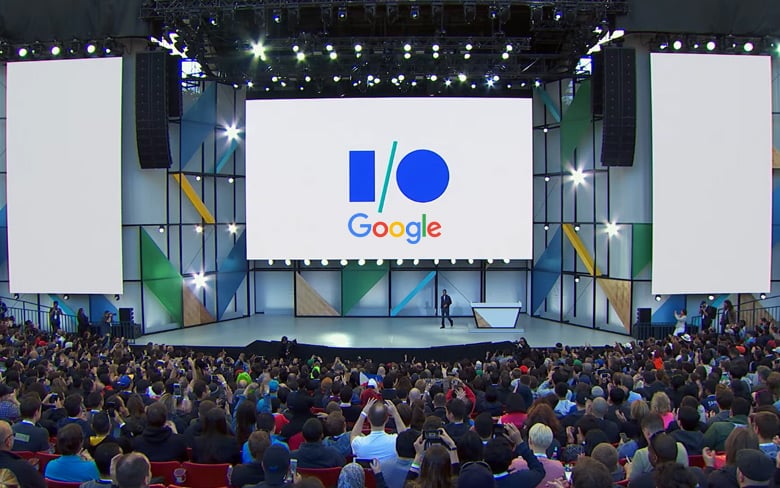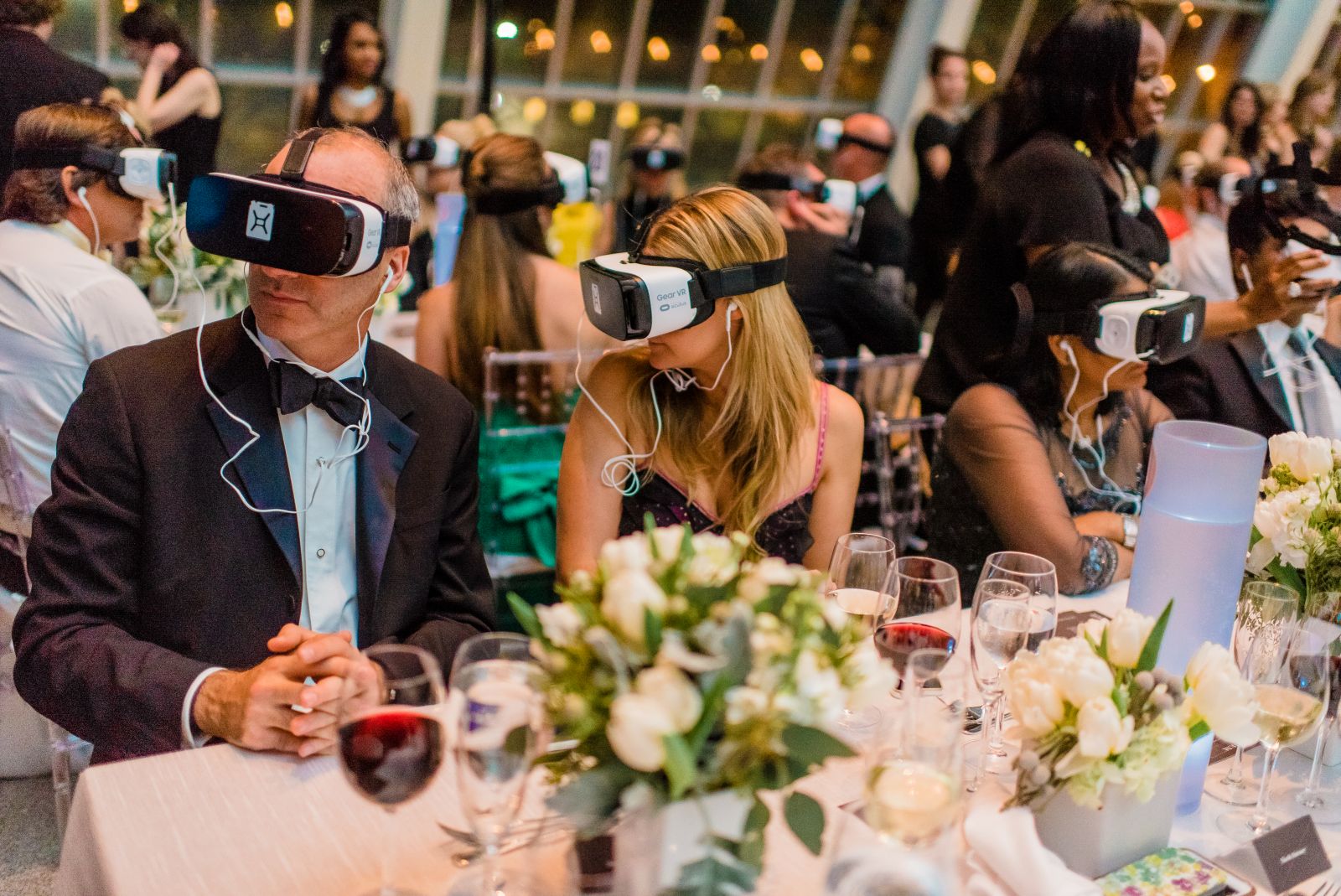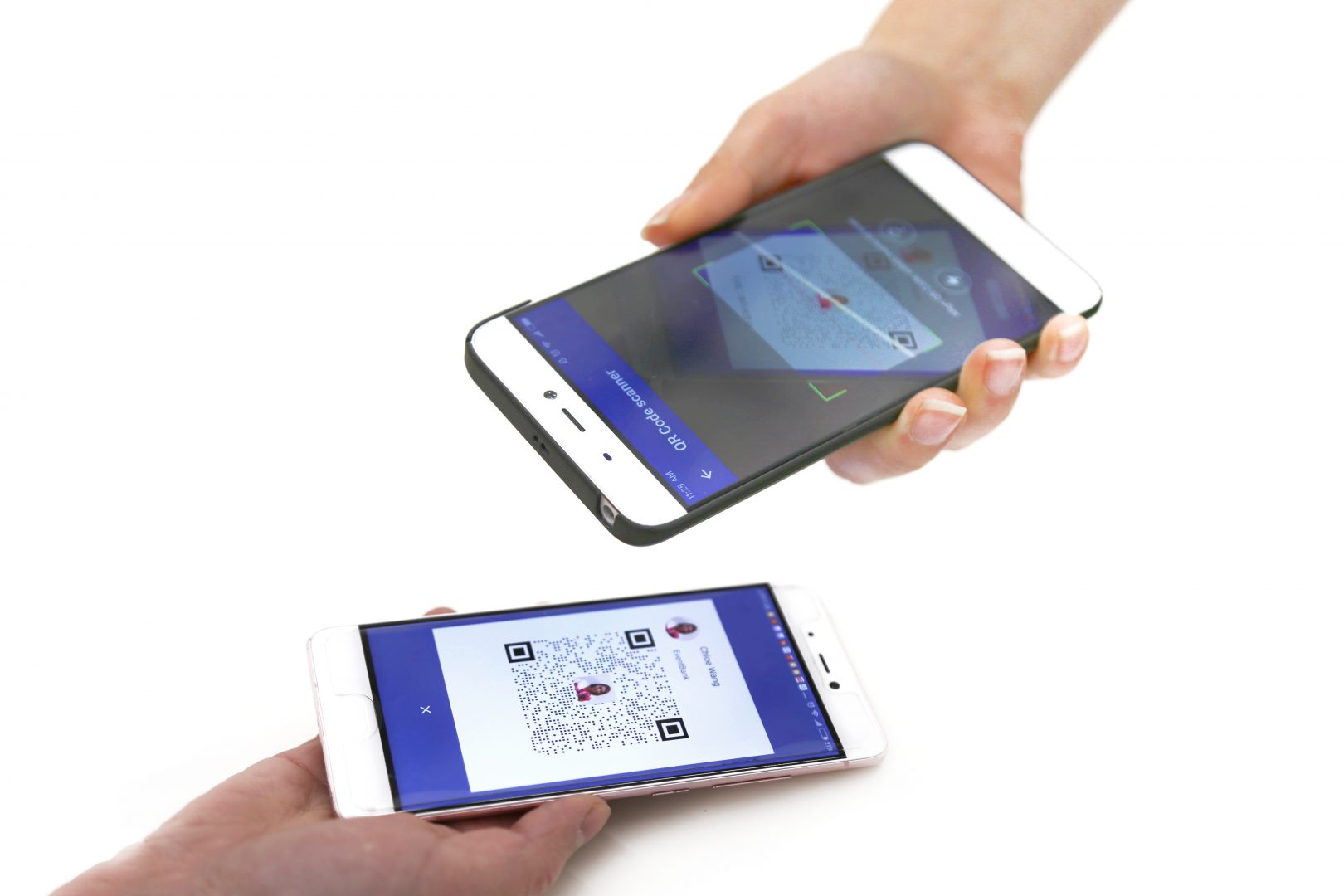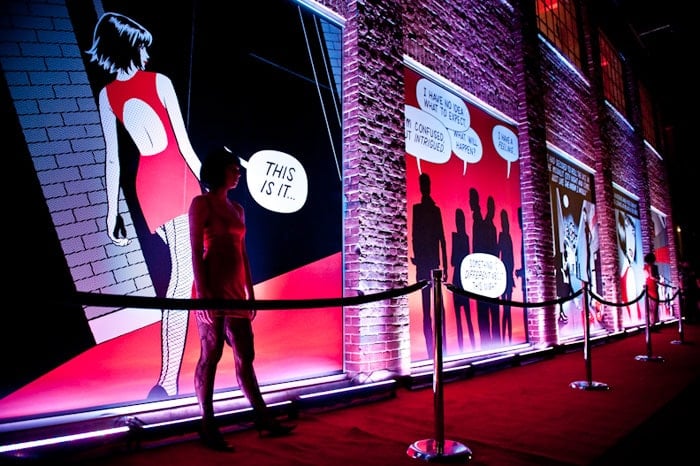
Digital transformation has become a 21st-century buzzword. It refers to the fast-paced changing dynamics of new technologies, the internet and how we use both to experience the world around us. For event attendees, digital transformation (also known as DX) has the power to transform how we engage with live events and equally provides a new way for event organizers to engage with us.
What role does digital transformation play in the events industry?

The events industry has been given a much-needed boost by digital transformation in re-energizing the relationship between organizers and attendees. Boosted by social media, this has its fair share of challenges and opportunities. The chance to improve attendee satisfaction and create a tangible return on investment (ROI) while saving time and resources makes DX the perfect enhancement to any organizer’s toolkit.
70% of respondents to Harvard Business School’s study expect digital transformation to affect them significantly, meaning that digitalization will inevitably make its way into the events industry. The trend towards further inclusion also explains event management and automation software consistently ranking as the most important technology to achieving successful outcomes from events.
Game-changing trends are all around us and it doesn’t look like they’re slowing down anytime soon - here are 6 ways to get ahead of the curve in powering new attendee experiences with digital transformation!
Registration

Sometimes, half the hassle of attending an event occurs before you enter the venue. Registration and entry can at times, be a long-winded, frustrating process which makes it even harder to set the right atmosphere for organizers. Transferring registration to online portals not only creates a cashless system of admittance but allows event organizers to understand who exactly is attending, why, how, when and what with.
Digitalization has provided easy scanning for ticket check-ins which allows organizers to make instant contact prior to the event in case of any last-minute changes. Knowing and communicating with your audience is made easier through apps that can record and monitor direct preferences, making it easier for organizers to respond to the needs of their consumers. This creates satisfied attendees, who can then return and participate in more future events.
Online portals also make it easier to stay in contact with attendees after the event for any further updates and future notices. Extending attendee portals to include managing facilitators and exhibitors makes it’s management function more useful, making it a staple in the event organizer’s toolkit (or pocket, since management and organization can all be done from a simple mobile app).
Live Streaming

Being in two places at once has finally become possible with the introduction of live streaming. For those of us who at times have no choice but to miss events we dearly want to attend, live streaming gives us the option to tune in at the same time whilst not being physically present. Not only does this work famously well for international, well-renowned events, it equally provides a way to boost online social media engagement as long as the users who view the stream are registered beforehand.
Live streaming relies on strong internet and bandwidth that has been tested multiple times because the margin of error can render one group of online attendees completely excluded from the viewing process. Once this has been perfected, anyone can view an event and experience it as if they too are in the room. Many platforms allow it for free, making it a cheap and cheerful option for oversubscribed events. With streaming, you can have hundreds participating in a venue room and thousands watching at home.
67% of audiences who watch live streams purchase a ticket to a similar event the next time it occurred, out of the total predicted 82% of all video composed internet traffic by 2020, according to Cisco. Digital transformation has made live streaming the easy go-to for consumers, making it a good choice for the events industry too.
Virtual and augmented reality

Virtual and augmented reality provides an entirely new dimension to attendee experiences at events. The excitement of entering an alternate universe (not literally) while remaining physically present in the venue is a sure way of creating an immersive attendee experience. Computer generated imagery specifically, (more popularly known as CGI) is making a steady move towards popularity.
On smartphones, Snapchat filters began pushing out the first user experiences of augmented reality. L’Oréal Paris was the first beauty brand to run a Snapchat lens ad to promote its Infallible eyeliner in 2016, a promotion method that has now become commonplace. Virtual and augmented reality can be used to:
Promote an event – Using a virtual venue walk-through created from previous event footage is a great way to show potential visitors what they can expect if they come to your event. Go backstage, talk to speakers and look round the VIP area to give them a proper look.
Lead product demos – Immersing your audience into a VR experience of your brand or products can increase sales. Research shows that AR increases value perception, i.e. when Volvo released the XC90 model, they invited buyers to a VR presentation, viewing a driving simulation through Google Cardboard mobile VR devices. The campaign helped make the XC90 one of Volvo’s best-selling models.
Taking a leaf from experimental marketing, VR and AR could be the next key to breaking new frontiers for attendees and hosts together.
Hire talent with digital skillsets

If you recognize your own organization is not fluent in digital technologies and trends, then it might be time to focus some of your digital transfomation at the human level.
If you have talent that's able to bend techology to their will, then you're setting yourself up for a much easier transition knowing that your events are safe in the hands of someone who knows how to get you into the digital realm of event management. Someone that understands and can quickly adapt to new technology is invaluable, as they're likely the spearhead of any digital transformation, and then any follow up digital campaigning that's needed.
As Toptal remarks, the lack of digital fluency can often times end up being a roadblock for businesses. And if your ability to reach new digital levels of event management and engagement is hindered, so will your event.
And it's not even about cost savings, or efficiency. Those two things are all well and good, but if your audience expects some level of digital engagement, and you're not providing is, you'll be hampering your event's success. Your attendees and your audience dictate the technology your event should be using as touchpoints in their experience, and if you're not able to supply their demand, then you'll likely fall behind similar events who do provide it. Whether it's QR code scanning, event contact directories, online signup, and so on, you'll need to look to their expectations in order to set your own.
Mobile optimization

All of this depends on mobile optimization. The option to register, attend and experience an event all from the convenience of a small, handheld device can be made or broken by a flimsy internet connection or a page that loads too slowly. Consumers impatience has pushed full optimization to become a requirement, not an option. For any organizer to fulfil these to gain maximum attendee satisfaction, the experience has to be seamless.
The penetration rate for smartphones within the millennial age demographic is 97% for those aged 25-34, followed by Gen Xers aged 35-44 at 96%, according to Nielsen. This means that the chances are, many of you are viewing this very blog on your phones right now. With optimization across devices, mobile is undoubtedly the most important window for accessibility, of course, followed by laptops and tablets.
With the option to expand even further to include devices like Apple Watches, for instance, anything that effectively reduces queue times is a positive signal in the direction of greater ease for attendees.
Dynamic interaction

Nothing is more boring and uninspiring than entering an event and being handed a stack of leaflets and oversized maps to navigate your way to the right area. Digital signage is a way of getting rid of all that paper and wasted time. Turn event programs into an app visitors can download, allowing the same information – maps, schedules, and exhibitor details can be displayed on touchscreens around the venue. Visitors can search these to find exactly what they are looking for, to find exactly where a specific event is taking place.
Thanks to the increased popularity of mobile event apps, signage can build an online community specific to those within the same event. Set up curated Facebook, Twitter and Instagram feed. Use digital signage to prompt visitors to comment on specific exhibits, then have a scrolling feed of their engagement. Attendees photographs and reviews can be displayed on big screens throughout the venue, using audience power to create both an online and real-life ‘buzz’ and drive engagement even more.
The dynamic interaction that digital transformation amplifies deepens the relationship between attendees and organizers but equally connects this directly to the relationship between attendees themselves.
From registration through to live streaming, virtual and augmented reality and mobile optimization, digital transformation is powering attendee experiences in new and experimental ways. New ways of doing things have created strategies for event organizers to strengthen their relationship with attendees and as a result, these five trends are in the lead. Kitting your own event out in full tech is becoming easier and easier and it’s only a matter of time before it becomes even more widespread.
Making digital transformation work for your events is a way of continuing to interact with your attendees, but in a new way altogether. Here’s to new beginnings!
Interested in transforming your event experiences? Book a Demo and find out how!



